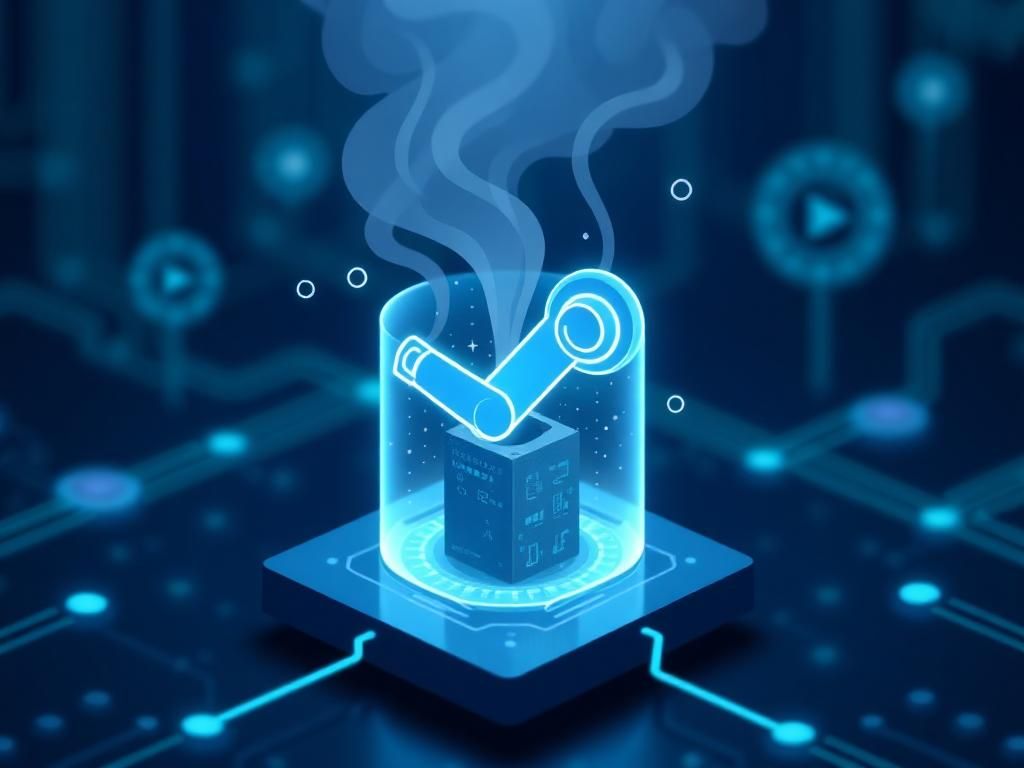Steam has long been an essential component in various industries, serving as a powerful medium for energy generation, manufacturing, and even healthcare. The term steamest encapsulates the full potential and applications of steam technology, merging traditional uses with innovative advancements. This article explores the definition of steamest, its historical context, scientific principles, various applications, as well as advantages, challenges, and future prospects in this area.
Definition of Steamest
What is Steam?
Steam is defined scientifically as the gaseous phase of water that forms when water is heated beyond its boiling point. The physical properties of steam, such as its ability to transfer heat efficiently and expand dramatically when heated, make it a valuable medium for various applications.
Understanding Steamest
The term steamest refers to the optimal utilization of steam in multiple fields. Its origin stems from the combination of steam technology with contemporary innovations, indicating a comprehensive understanding of steam’s role in modern applications. In industries ranging from energy to healthcare, “steamest” signifies the advancements and efficiencies achieved through optimized steam applications.
Historical Context
Early Uses of Steam Power
The development of steam engines in the late 1700s marked a significant milestone during the Industrial Revolution. Steam power transformed industries, enabling mass production and more efficient transportation. The first commercially successful steam locomotive, built by George Stephenson in 1814, showcased the power of steam in revolutionizing travel and transport.
Evolution of Steam Technologies
Through the decades, steam technologies have evolved with key innovators such as James Watt enhancing the efficiency of steam engines. The introduction of high-pressure steam and superheating techniques has significantly improved the energy output of steam applications, leading to increased productivity across different sectors.
Scientific Principles Behind Steamest
Thermodynamics and Steam
At the core of the functionality of steam is thermodynamics, the study of heat transfer and energy conversion. Key principles include the first and second laws of thermodynamics, which explain energy conservation and the inefficiencies of energy transfer involved in steam generation processes. Understanding the phases of water—liquid, gas, and superheated steam—is crucial for optimizing steam applications.
Generation of Steam
Steam generation can occur through various methods, with boiling water being the most common. Pressurized systems, such as those found in power plants, significantly enhance steam generation efficiency. Factors like temperature and pressure must be carefully controlled to achieve optimal steam generation, maximizing output while ensuring safety.
Applications of Steamest

Industrial Applications
In industrial sectors, steam plays a vital role in power generation. Steam turbines convert thermal energy into electricity, showcasing steam’s significance in the energy market. Additionally, steam is utilized in manufacturing processes, such as distillation, where it acts as a critical resource for temperature regulation and heat transfer.
Domestic Applications
In domestic settings, steam finds utility in various cooking appliances like steamers and pressure cookers, which help preserve nutritional value while speeding up cooking times. Furthermore, steam cleaning technologies have gained popularity for their effectiveness in sanitizing surfaces without the need for harmful chemicals.
Medical Applications
In healthcare, steam is integral to sterilization processes, effectively eliminating pathogens from tools and equipment. Additionally, therapeutic uses such as steam inhalation can aid in respiratory treatments, showcasing the health benefits associated with steamest practices.
Advantages of Using Steamest
Efficiency and Versatility
One of the significant advantages of leveraging steamest technologies is the high energy efficiency achieved across various applications. Steam’s ability to perform multiple tasks concurrently, such as heating and sterilizing, enhances operational efficiency.
Environmental Benefits
Using steam as an energy source significantly reduces the carbon footprint compared to fossil fuels. Additionally, advancements in steam technology demonstrate the potential for integrating renewable energy sources, thereby promoting sustainability.
Health and Safety
The health benefits of steam in sterilization and sanitation are crucial in maintaining hygiene. In cooking, the health advantages of steam also include less fat usage and improved nutrient retention in food, making it a healthier option overall.
Challenges and Considerations
Limitations of Current Steam Technologies
While steam technologies provide various advantages, they are not without challenges. Energy consumption in steam generation processes can be substantial, and handling steam presents risks, such as burns and pressure hazards. Safety protocols must be instituted to mitigate these threats effectively.

Technological and Environmental Challenges
The field of steam technology faces critical challenges regarding sustainability and water resource management. Advances are needed to develop systems that consume less water and operate with lower emissions, ensuring environmental considerations are prioritized in future developments.
Future Prospects of Steamest
Innovations on the Horizon
Research and development in steamest technologies are gaining momentum, with innovations such as advanced steam turbines, more efficient boiler designs, and new materials promising enhancements in performance. Emerging trends suggest a future where steam plays a prominent role in clean energy initiatives, particularly in combination with renewable energy sources.
The Role of Steamest in Emerging Industries
The adaptability of steam technology opens new frontiers in emerging industries such as nanotechnology and biotechnology. For instance, steam is poised to play a role in the eco-friendly manufacturing processes of these fields, reinforcing its relevance in the 21st century.
| Application Area | Usage of Steamest | Benefits |
|---|---|---|
| Industrial | Power generation, manufacturing | High energy efficiency, mass production |
| Domestic | Cooking, steam cleaning | Healthier cooking options, eco-friendly cleaning |
| Medical | Sterilization, therapeutic treatments | Effective pathogen elimination, respiratory relief |
FAQs About Steamest
What is steamest in simple terms?
Steamest refers to the optimal use and understanding of steam technology across different industries.
How does steam contribute to power generation?
Steam drives turbines to convert thermal energy into mechanical energy, which is then transformed into electricity.
What are the health benefits of using steam?
Steam is effective in sanitizing tools and surfaces in healthcare, while steaming food retains nutrients and reduces fat content.
Are there any risks associated with using steam?
Yes, handling steam can pose burn risks and pressure hazards, so proper safety measures are essential during its usage.
What advancements are being explored in steam technology?
Research is focusing on improving efficiency, reducing water consumption, and integrating renewable resources into steam generation.
How does steam compare to other energy sources?
Steam typically has a lower carbon footprint and higher efficiency than fossil fuels, making it a more sustainable option.
Can steam be used in clean energy initiatives?
Absolutely, steam technologies are being integrated with renewable energy sources to promote cleaner energy solutions.
What domestic appliances use steam effectively?
Common appliances include steam cookers, pressure cookers, and steam cleaners that utilize steam for efficiency.
What is the future outlook for steamest technologies?
The future of steamest technologies looks promising, with ongoing innovations likely to enhance its applications and sustainability.
Where can I learn more about steam technologies?
For more information on steam applications, visit resources like the [U.S. Department of Energy](https://www.energy.gov) or educational platforms dedicated to engineering and sustainability.